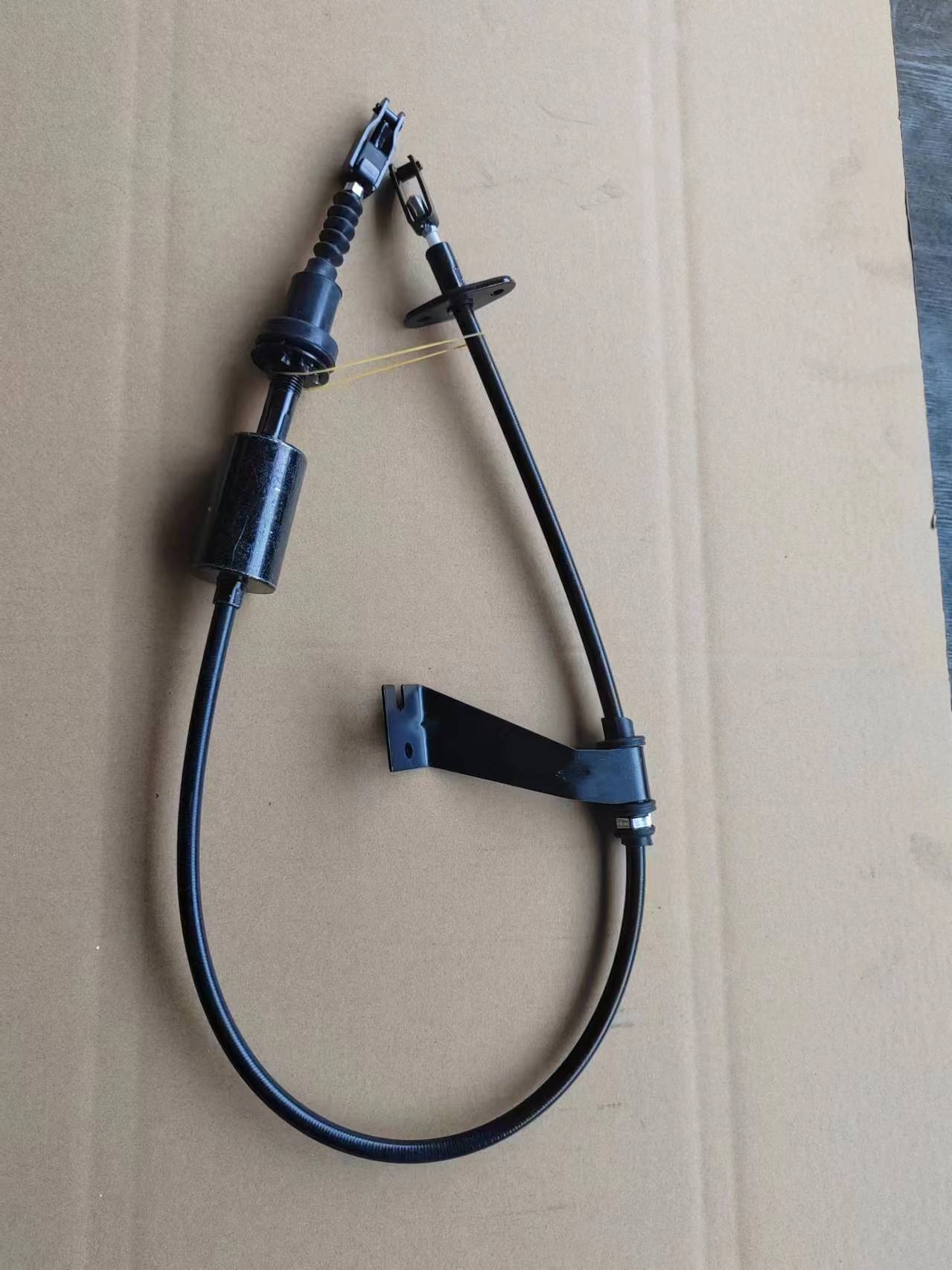throttle linkage bell crank
Understanding Throttle Linkage and the Role of Bell Crank Mechanisms
In the world of mechanical engineering and automotive design, the efficiency and reliability of engine controls are critical for optimal performance. One of the crucial components that facilitate this is the throttle linkage system, and particularly the bell crank mechanism, which plays an essential role in translating driver input into engine response. This article delves into the functionality of throttle linkage systems, the specific role of bell cranks, and their importance in modern automotive engineering.
What is Throttle Linkage?
Throttle linkage refers to the series of connections and components that transmit the rotary motion of the accelerator pedal to the throttle plate inside the engine's intake manifold. The throttle controls the amount of air (and consequently fuel) entering the engine, therefore directly influencing its power output. Various types of throttle linkages have been used throughout automotive history, ranging from mechanical cable systems to more advanced electronic throttle control (ETC) systems.
The Functionality of Throttle Linkage Systems
Traditionally, throttle linkages consist of a series of levers, rods, and cables that connect the accelerator pedal to the throttle body. When the driver presses the accelerator pedal, it pulls or pushes a cable or lever that opens the throttle plate, allowing more air into the engine. The throttle position is crucial because an incorrect position can lead to suboptimal engine performance, such as reduced power or increased emissions.
The Role of the Bell Crank
throttle linkage bell crank

A bell crank is a type of lever that converts linear motion into rotary motion or vice versa. In the context of throttle linkages, the bell crank is used to amplify or modify the input force from the accelerator pedal before it reaches the throttle body. The unique shape and design of the bell crank allow it to create a mechanical advantage, meaning that a small movement at the pedal results in a larger movement at the throttle.
Mechanical Advantage and Adjustability
One of the primary benefits of incorporating a bell crank in throttle linkages is the mechanical advantage it provides. This allows engineers to accommodate different design requirements, such as varying pedal shapes or the distance between the pedal and throttle body. The adjustable nature of the bell crank means that if a vehicle’s throttle response is too slow or too abrupt, engineers can make modifications to the bell crank’s dimensions or its mounting position. This flexibility is essential for tuning the driving experience according to specific vehicles and driver preferences.
Applications in Automotive Design
Bell cranks are not limited to throttle linkages; they are found in various mechanical systems, including braking and gear shifter mechanisms. However, their role in throttle systems is particularly notable due to the direct impact on performance and drivability. In modern vehicles, where drive-by-wire systems are increasingly prevalent, the principles behind bell crank mechanisms are still relevant. Even in systems that utilize electronic sensors, understanding the mechanics of traditional linkages informs the design of control algorithms for throttle response and sensitivity.
Conclusion
The throttle linkage system, with its essential components like the bell crank, is fundamental in translating driver input into engine performance. The mechanical advantage that bell cranks offer allows for enhanced control and a customizable driving experience. As automotive technology continues to evolve, the appreciation for traditional designs and their mechanical principles remains relevant. Understanding how these components work together provides insight into the intricate balance of performance, control, and safety that modern vehicles strive to achieve. Whether in classic cars or cutting-edge electric vehicles, the principles guiding throttle linkage systems are integral to the driving experience, showcasing the brilliance of mechanical engineering.
-
Workings of Clutch Pipe and Hose SystemsNewsJun.04,2025
-
The Inner Workings of Hand Brake Cable SystemsNewsJun.04,2025
-
The Secrets of Throttle and Accelerator CablesNewsJun.04,2025
-
The Hidden Lifeline of Your Transmission Gear Shift CablesNewsJun.04,2025
-
Demystifying Gear Cables and Shift LinkagesNewsJun.04,2025
-
Decoding Clutch Line Systems A Comprehensive GuideNewsJun.04,2025
